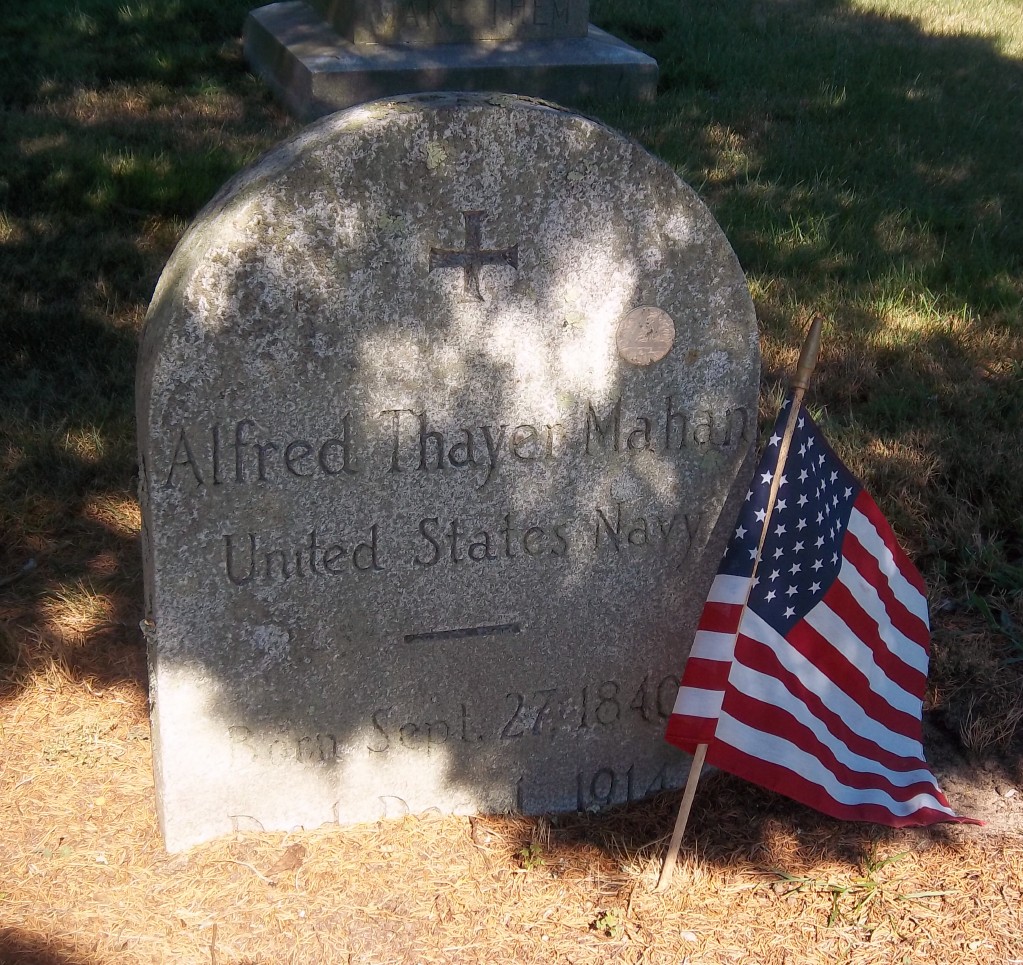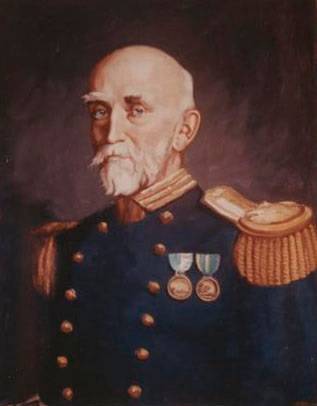

He returned to active duty at the beginning of the Spanish-American War, and in May 1898 was appointed to the Naval Board of Strategy.
#Alfred thayer mahan argued that full
At his own request he was retired on 17 November 1896, after forty years of active service, in order to devote his full time to writing on naval subjects. After a cruise of Northern Europe and Mediterranean ports, the Chicago under Captain Mahan's command, returned to the United States in March 1895, and in May he returned to the Naval War College for special duty. In 1893 he was given command of the USS Chicago, flagship of a squadron sent to European waters to return visits made by foreign vessels during the celebration in 1892-1983 of Columbus' discovery of America. In 1890 he wrote Influence of Sea Power Upon History, 1660-1783, the first of twenty books and twenty-three essays on this broad subject. He had additional duty, while there, as President of the Commission to select the site for a Navy Yard on the Pacific Coast, in the region of Puget Sound, and for a short period was attached to the Bureau of Navigation, Navy Department, Washington, DC. In October 1885 he was assigned duty as Lecturer on Naval Tactics and History at the Naval War College, Newport, Rhode Island, and in 1886 he was appointed President of the Naval War College. In the Wachusett he visited ports on the west coast of South America.

In the summer of 1880 he was ordered to the Navigation Department, New York Navy Yard, and on 9 September 1883, he assumed command of the Wachusett at Callao, Peru. In August 1876, he was designated as a member of the Board of Examiners at the Naval Academy, and during his period of duty there he won third prize in 1878 in the Naval Institute's contest for the best essay on "Naval Education for Officers and Men." This was the first article he had accepted for publication. He continued in that command until January 1875, when he was ordered to return to the United States, and home to await further orders. He was detached from that duty on 3 August 1871 and in December 1872 assumed his first command, the USS Wasp, of the South Atlantic Squadron. He was present at the opening of the treaty ports of Kobe and Osaka, Japan in 1867.Ĭompleting his duty on China Station in 1869, he was granted permission to visit in Europe, and after his return to the United States was ordered to the USS Worcester, chartered by the Navy Department as a relief ship to carry foodstuffs to the French people who had been reported in dire need. He reported on to the Mucoota, and soon thereafter was transferred to the Iroquios, in which he went to the Orient.

Dahlgren, USN, Commander, South Atlantic Blockading Squadron, off Charleston, South Carolina. In October 1863 he joined the Seminole of the West Coast Blockading Squadron and later served on the staff of Rear Admiral John A. He was next sent to the Naval Academy, then at Newport, Rhode Island, as an instructor, and during the summer of 1863 he made a cruise with the midshipmen to Europe in the Macedonian.

During that cruise, from which he was detached in 1862, he wrote a letter to the Assistant Secretary of the Navy suggesting that a sailing ship be outfitted as a "mystery" ship to decoy Confederate blockade runners. He then joined the steam-corvette Pocahontas of the South Atlantic Blockading Squadron, and participated in the attack on Port Royal, South Carolina, early in the Civil War. He was promoted to the rank of Rear Admiral on the Retired List, with date of rank 29 June 1906.Īfter his graduation from the Naval Academy in 1859, he was assigned to the frigate Congress from 9 June 1859 until 1861. He was graduated from the Naval Academy in 1859, second in his class of twenty members, rose to the rank of Lieutenant during the Civil War, became a Captain in 1885, and was transferred to the Retired List of the Navy, at his own request, on 17 November 1896. Two years later he entered Columbia College, in New York City, and through the influence of Jefferson Davis, he obtained an appointment to the Naval Academy, and by special arrangement (the only occasion on record of that concession being made) he entered the Third Class, on 7 October 1856, as Acting Midshipman. Young Mahan spent his early years at West Point, until he was sent to a boarding school in Maryland, St. He died in Washington, DC on 1 December 1914, and is buried at Quogue, Long Island. Alfred Thayer Mahan was born on 27 September 1840 at West Point, New York, where his father, Dennis Hart Mahan, was a distinguished professor of Civil and Military Engineering at the US Military Academy.


 0 kommentar(er)
0 kommentar(er)
